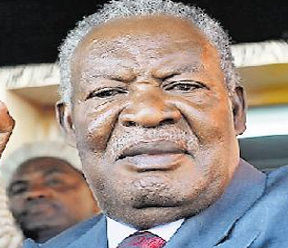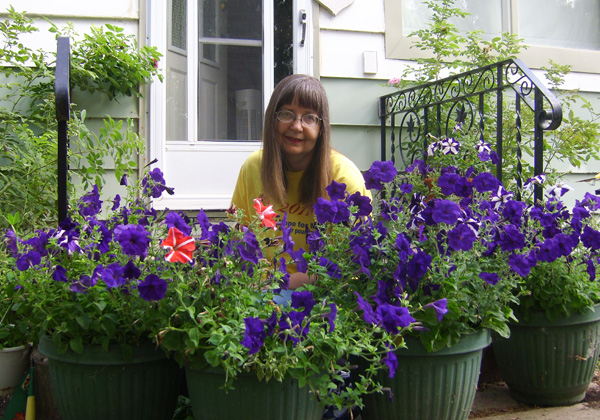“They somehow found a way to the clinic… and nearly all of them said they want the face of Lee Young-Ae,” Joo said, referring to a top South Korean actress who starred in the pan-Asian hit drama “Jewel in the Palace”.
The trickle has now turned into a flood of Chinese packing Joo’s JK Plastic Surgery Centre — one of the country’s largest — and many other clinics, lured by the looks of South Korean entertainers who have taken Asia by storm.
A Hallyu (Korean wave) of pop culture over the past decade has won a devoted fan base in China, Southeast Asia and Japan. The South’s TV dramas dominate prime-time airwaves and K-pop bands sell out concerts and top the charts.
Legendary TV hits like “Winter Sonata” and “Autumn Fairy Tale” help draw tens of thousands of foreign fans to filming locations in South Korea every year, boosting the tourism industry.
Now skilled plastic surgeons in the looks-obsessed South — who often helped beautify Korean stars in the first place — are enjoying an unexpected boom as they do the same for their foreign fans.
According to government data, overall medical spending by foreign visitors hit a record $116 million last year. Fourteen percent sought plastic surgery or skin treatments such as botox.
Almost a half of all foreigners seeking a nose job, a facelift, a jawbone reduction or a tummy tuck were from China. Their number nearly tripled from 1,657 in 2009 to 4,400 in 2010.
“The Hallyu boom has definitely played a key role in drawing new patients from abroad,” said Hong Jeong-Geun, spokesman for the Korea Society of Plastic and Reconstructive Surgeons.
Hong said many star-struck foreigners visit clinics with photos of celebrities like Kim Hee-Sun, a popular actress in Asia, and ask surgeons to emulate her nose angle or eyes.
“They understand that some stars, rather than born beautiful, were made beautiful with a little bit of help from plastic surgeons,” Hong said.
Cut-throat competition among the country’s growing number of plastic surgeons — who now number some 1,700 — made them even more aggressive in trying to lure new clients, he said.
Joo’s clinic in Seoul’s affluent Gangnam district — home to more than 400 plastic surgery and skin-treatment clinics — is at the forefront of such efforts.
About a half of its customers are non-Koreans, from China, Japan, the Middle East and even Africa. Patients picked up at the airport by limousines are greeted by staffers who speak English, Chinese, Japanese, Vietnamese or Mongolian.
Joo declined to give the total number of patients at his clinic but said 10 doctors perform dozens of surgeries every day.
The clinic recently opened its own hotel to better serve deep-pocketed foreigners who spend an average of about 20 million won ($17,675) to get multiple surgery during a single visit.
“I think there’s a good chance that plastic surgery can become South Korea’s new major export industry,” said Joo.
Customers like Anny Guo are highly sought after.
The daughter of a construction firm CEO in the northeastern Chinese city of Jilin, she flew to Seoul to get a nose job and make her high cheekbones less prominent.
Her parents gave her 100,000 yuan ($15,860) after she begged them for months.
“I want to have a face and skin like Song Hye-Gyo…or nose like Han Ga-In,” the 24-year-old college student told AFP, referring to popular South Korean actresses.
Many South Korean TV shows are aired with subtitles on Chinese websites only a day after being screened in Seoul.
“Most of my friends who watch South Korean dramas want to come here to get surgery. They think plastic surgeons here are the best in Asia,” said Guo.
Policymakers have eased regulations, allocated a greater budget, staged presentations overseas and given awards to successful clinics to promote all kinds of medical tourism.
“Medical tourism, plastic surgery included, will be a new growth driver for our economy….and the popularity of our stars is helping us a lot,” said Jung Eun-Young, deputy director of the health ministry’s policy department.
Even cosmetic surgeons, however, have some reservations.
Joo Kwon said it was undesirable that more and more Koreans are seeking such operations.
“I think South Korea has a very rigorous and narrow definition of beauty because we’re an ethnically homogenous society and everyone looks pretty much the same. It is also related to low self-esteem,” he said
“I think the situation will somewhat moderate in future as society becomes more diverse. But it will take quite a bit of time until we get there.”



